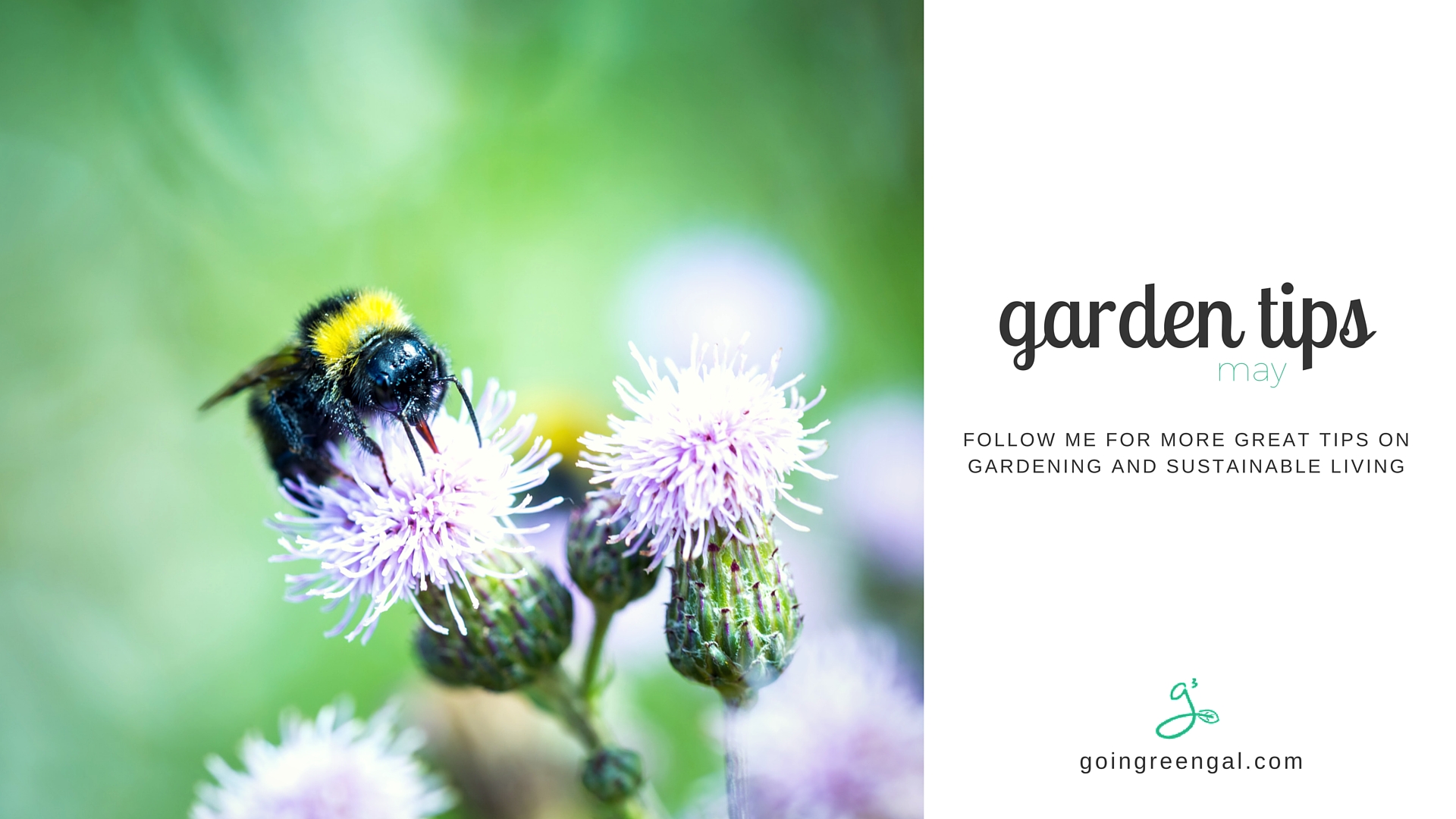Add a layer of mulch around trees and shrubs to retain moisture, provide nutrients and deter weeds. Apply a 2-3 inch layer of organic matter or of chipped tree trimmings; be sure to keep it several inches away from the trunks of the plant to prevent rot. Don’t practice “wall-to-wall” mulching; remember the bees that nest in the ground.
Control earwigs which feed on soft plants can cause significant damage. They feed at night and hide in moist, tight spaces during the day. Trap them by setting out moistened, tightly rolled newspaper at night and then discard it in the morning.
Fire Blight shows up in the spring. It causes blackened branches and twigs that look like they have been scorched. It often affects fruit trees such as apple, pear and loquat; as well as toyons, hawthorns and crabapples. It is spread by insects, rain and pruning; if left unattended it can kill the tree. Prune the infected branch about 8-12 inches below the visible damage. Sanitize prunes between cuts.
Powdery Mildew is a common disease on many plants; it produces a white powdery appearance on leaves. It can be found on roses, dahlias, peas and squash. A homemade spray can be effective. Add 4 teaspoons of baking soda to a gallon of water and mix in 2½ teaspoons of light horticulture oil (or salad oil). Spray the affected plants with the mixture. Some plants may be sensitive, so spray sparingly.
Prevent rust on snapdragons, sunflowers, sweet peas and pansies by avoiding overhead watering, and by practicing good sanitation. Rusts are easily identified by the dry, brown, orange, or yellowish spores that form on lower leaf surfaces. Upper leaf surfaces of heavily infected plants can become spotted or turn yellow or brown. Remove and destroy affected plants or plant parts as soon as they appear. Fungicides, such as neem oil, can be applied at the first signs of infection.
Carpenter bees are about an inch long and are similar in appearance to bumble bees. They do not sting. They are beneficial insects that pollinate many plants and trees. They tunnel into unpainted softwoods such as pine, fir, and redwood. Adults overwinter in their nests and emerge in spring. If they are a problem in your home or garden structures, wait until the bees have emerged, then fill the holes with steel wool and wood filler. Apply paint to the surface to prevent re-entry.
Pocket Gophers make their presence known by building crescent shaped mounds of dirt. They feed on plant and tree roots as they tunnel through the soil, they are active year round and can have up to three litters a year in well watered areas. They also gnaw on irrigation lines and divert water into their tunnels, making it difficult to properly water plants. Adults live about three years. Trap them using Macabee or box traps for the best means of control. UC Pest Note on Gophers. (http://www.ipm.ucdavis.edu/PMG/PESTNOTES/pn7433.html)
Soil Solarization can be used to control diseases, nematodes and weeds. Make sure the area is free of dirt clods and visible weeds – it needs to be as smooth as possible. Make a shallow trench around the area and water well. Lay down clear, transparent plastic; do not use black or colored plastic. Anchor it to the ground by placing the edges of the plastic into the trench and then fill the trench with soil. Soil temperatures are generally the hottest in June and July, but good results can be obtained when solarizing from late May through September. Leave the soil covered for 4 to 6 weeks.
For our complete list of May Gardening Tips, click on: http://www.mastergardeners.org/tips/may.html










 Being an avid gardener, born and raised in Indiana, I feel incredible blessed to live in sunny California & be able to grow my own food all year-round! I write a monthly garden column for the San Jose Mercury News & am constantly striving for tips & ideas on how to live a little more gently in regards to ourselves, our planet & each other – basically sustainability we can live with! As a
Being an avid gardener, born and raised in Indiana, I feel incredible blessed to live in sunny California & be able to grow my own food all year-round! I write a monthly garden column for the San Jose Mercury News & am constantly striving for tips & ideas on how to live a little more gently in regards to ourselves, our planet & each other – basically sustainability we can live with! As a 



